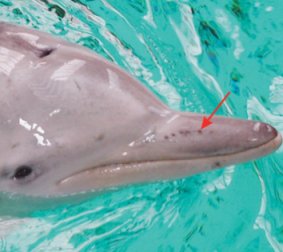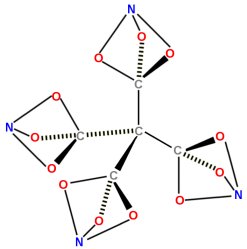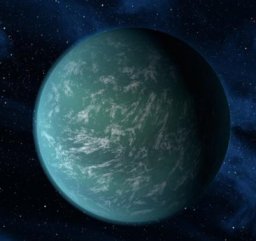
I recently read about a fascinating experiment that has been going on in Russia for the past 50 years. Dmitry K. Belyaev acquired some silver foxes from a farm that breeds them for their fur. The farm started about 50 years prior to the experiment, so several generations of foxes had experienced human contact to some degree. However, the foxes still did not care for human contact and were quite aggressive if they were forced into such contact.
Belyaev took this group of foxes and began trying to develop a new trait: tameness. Each fox was exposed to a human for a specific amount of time at specific ages. The fox was then evaluated based on how well it reacted to the human, and only the foxes with the best overall reactions to humans were bred. In a mere six generations, some foxes were born that not only enjoyed human contact, they actually craved it! This behavior became characteristic of the entire population, so that the foxes now behave like dogs – wagging their tails, whimpering, licking people, and generally doing all they can to interact with people.1
Now these results are cool on at least two levels. First, I was shocked at how quickly the foxes adapted to human socialization. For human-friendly foxes to appear in a mere six generations just astounds me. I know that dogs were domesticated from wolves, but I always imagined that it took a long, long time. After all, a lot has to change in order to take an animal that avoids people and is aggressive towards them and turn it into an animal that not only jumps up on your lap to cuddle with you but begs to be able to do so! According to this experiment, however, the change can happen quickly. Second, I just think it would be incredibly cool to have a pet fox. From time to time, I see a wild red fox in the neighborhood where I live. I would love to have such a beautiful animal as a pet!
Those are the cool aspects of the experiment. However, there are a lot more interesting aspects to the experiment, and they indicate that we still have a lot to learn when it comes to genetics.
Continue reading “Silver Foxes Change Rapidly… and in Surprising Ways”







